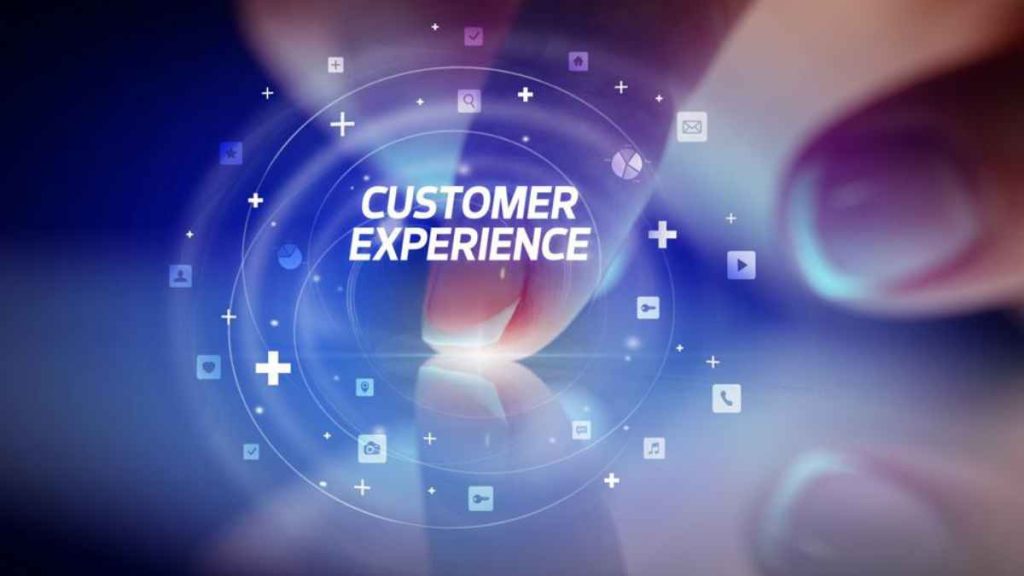Our expectations were that the Coronavirus would be eradicated by the end of last year, and we would soon return to our pre-pandemic practices. With the arrival of the new variant, it appears we will need to wait a little longer.
In almost every aspect of our daily lives, work, and shopping two years ago, it was different. We have learned how to do so many things without contacting human agents, including working remotely or shopping online through websites or apps.
We have changed our expectations regarding the treatment we receive from companies as a result. In order to survive, businesses must now provide outstanding customer service, provide excellent customer experiences, and know what their customers expect.
Ready to get ahead in 2022? Our customer service team has put together some basic trends you must be on the lookout for this year.
1. Support via multiple channels
Today’s shoppers use a variety of devices and platforms to find and buy their desired products. Customers also tend to use these platforms to contact customer service. You will most likely receive communication from your clients through several channels if the issue is complex. In terms of omnichannel support, people are looking for a seamless experience across all communication channels.
It is not as easy as just adding a logo to add several points of support. Your agents may also be overwhelmed by having to deal with multiple channels of support. They may feel under pressure to make mistakes in the pursuit of faster and more reliable service.
So what happens? An unhappy customer must speak with several agents rather than a smooth exchange of information.
In order to improve your team’s productivity and efficiency, consider using an omnichannel platform to consolidate all of your customer support channels into one. As an alternative, you would have a single platform that would combine all of your communication data and channels and would not require multiple providers to use them.
It is a way to save your team members time and improve customer service at the same time. Multichannel customer service has already become a popular trend at many companies. Take Optimum, for example. Customers not only feel valued when they receive timely responses to their queries. You can expect your issues to be resolved immediately if you call the Optimum customer service number. It is also available in Spanish. Simply search for Servicio al Cliente Optimum en español and you will get your issue fixed.
2. Chatbots powered by AI.
As consumers become more familiar with chatbots, they are undoubtedly becoming more comfortable with interacting with them.
Automated responses won’t satisfy customers anymore. The software should instead resolve mutual issues or respond directly to their queries without requiring the assistance of a live agent.
This can be accomplished with an artificial intelligence-powered chatbot. Most support tasks can be handled by chatbots, whether they are answering simple questions or directing customers to FAQ pages. Based on a customer’s history with the company, they can also make personalized recommendations. Chatbots can also be used to connect customer service representatives if necessary.
3. Real-time support 24×7.
People have become used to being able to contact companies at any time thanks to automated out-of-hours customer service.
You must be available to your customers at any time, day or night, more than ever before.
You know that your agents have other obligations as well as being too tired and hungry to work every day. Is it possible to provide 24/7 customer service while improving response times? Having a team outside of your time zone and country may be a viable option, but that comes with its own challenges and expenses.
To compensate for absent agents, you can utilize technology. Using automation tools, live chat tools, and chatbots, you can provide a more personalized customer service experience without adding more staff.
4. Provide hyper-personalized support
Consumers expect the same level of personalization when using chatbots or self-service options. Customers should feel like individuals instead of just another number by knowing everything about them, including who they are, how they use the brand and what information they provide. Customers want to have positive experiences with brands as well as feel understood by them, which means they are feeling fulfilled as a result of personalized experiences.
Consumers will, on the other hand, only respond to messages that are customized to meet their specific needs, since businesses can provide an experience that is tailored to them.
To achieve effective personalization, a company needs to collect a lot of information about its customers. With the many tools available today, analyzing data is easier than ever. Data from multiple sources can now be combined to create a comprehensive view of customers, allowing marketers to tailor their marketing to suit their needs.
By using knowledge of customer actions, customer service agents can increase the likelihood of a return customer.
Conclusion
There have been no changes in what your customers want – they still want to feel heard, valued, and appreciated. When it comes to how the new generation wants to be heard and recognized, there are many differences from before the pandemic. The customer won’t be satisfied with just a phone number or an email address. More efforts are is needed. Make sure they are listened to promptly when they have an issue. Hopefully these tips will help you improve your customer service skills. If you have anything to add, please leave your comments below.
